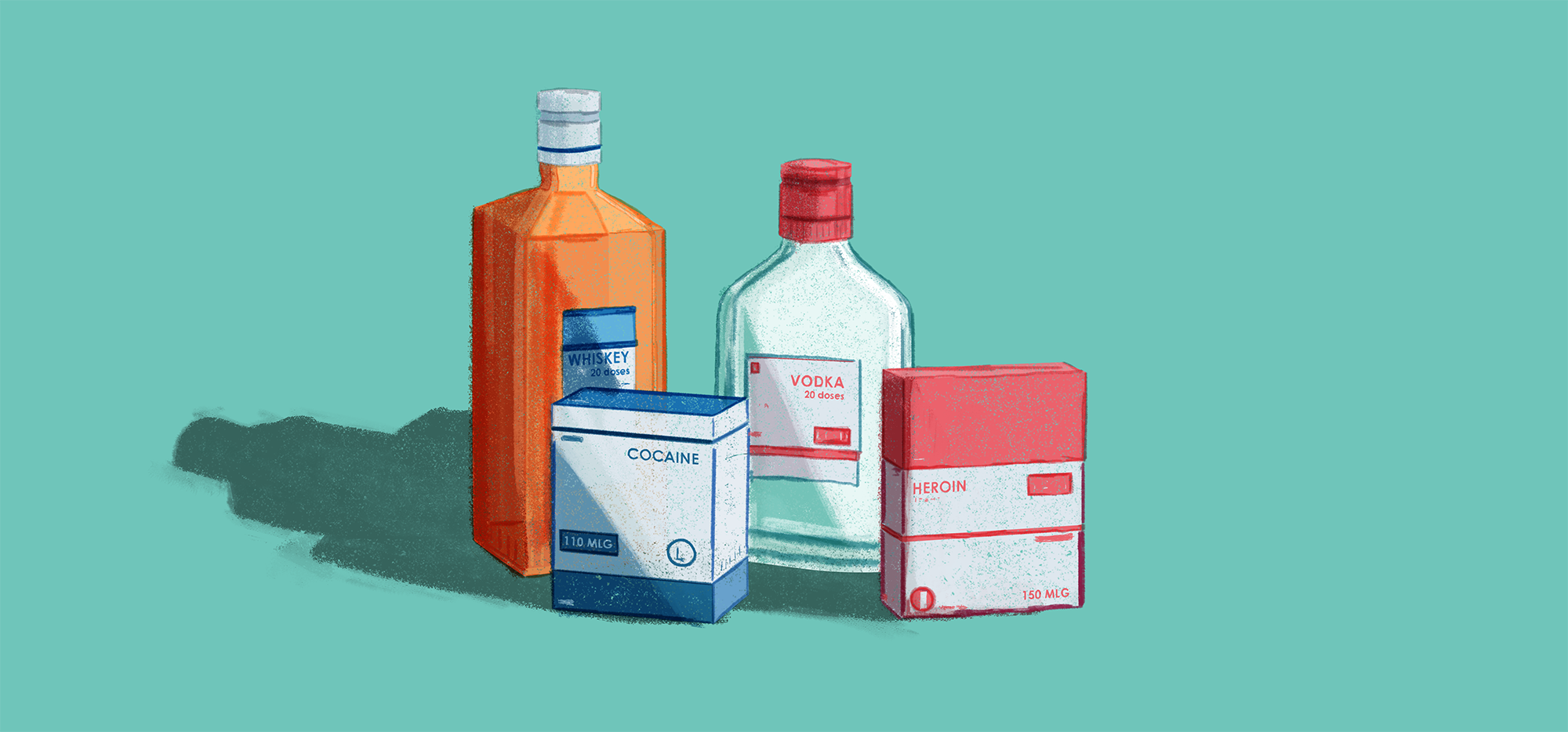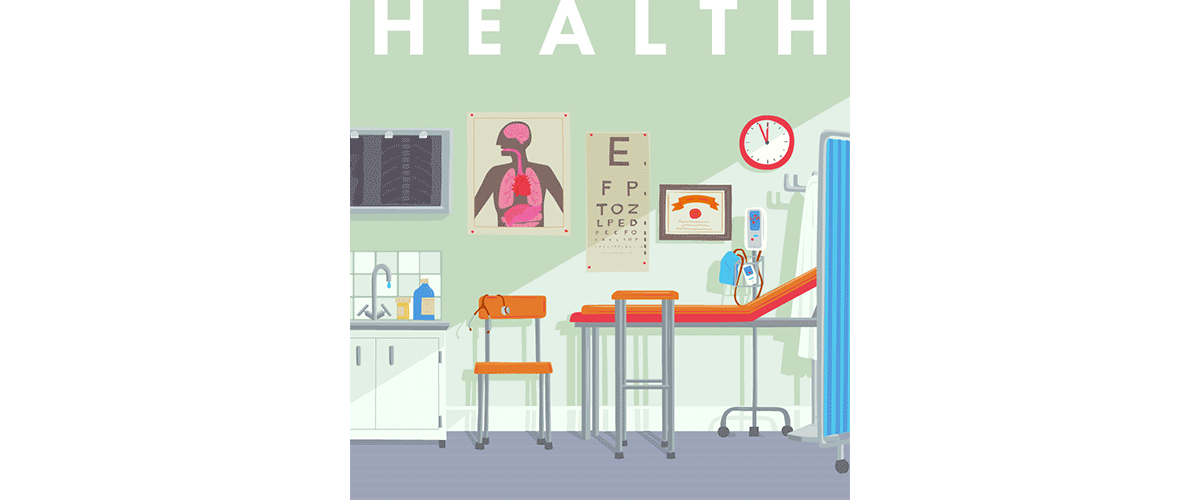

Today’s column is about treating drug and alcohol abuse with drugs and alcohol, and how the hell that happens. I’ll explain. These party-fueling substances are famed for sending people to the hospital or clinic; lesser known is that sometimes they are already found there. Therapeutically.
It’s obvious that drugs and alcohol can be therapeutic–people use them to make themselves feel better–but less obvious is how they are sourced and distributed as therapeutics in a medical context. I was reminded of this when, as a human being who loves to relax, I spent my Thanksgiving days off returning to the diary I kept 10 years ago, during my first year of school as an RN student. There, I found this entry on a trauma patient at the fancy teaching hospital where I worked at the time. She was being treated for a leg fracture sustained when she crossed the street while intoxicated, as well as for the alcohol withdrawal syndrome sustained as a consequence of her hospitalization. Take it away, me circa December, 2009:
So in her med summary there was: “Whiskey 60 mg 3x day before meals.” Is this in the pharmacy, or do [we] throw ten bucks at a pharm tech to get it from the packie [aka “package store,” horrible New England slang for liquor store] when someone comes in? Do you need private insurance to get the good shit, just like with everything else? Do they only have whiskey?
The answer to my question was formulary whiskey, dispensed in an unmemorable plastic cup on the meal tray. It became my No. 2 favorite thing you could find on the floor at that hospital. (My No. 1 favorite was a vending machine that spoke 12 languages. No. 3 was the free, all-you-can-drink vanilla Ensure.)
At the time, my experience of “‘the Practice of Medicine’ was altogether so wild that I simply accepted hospital whiskey as another counter-intuitive yet practical clinical innovation, like the leeches that we used for clot-busting. (They, too, had to be counted in and out like narcotics, because, when full, they’d fall off their patients and go wandering. Nursing students followed their slime tracks down the hallways.) I tried to be cool and just, like, accept it. But now I’m like, prescription whiskey!? How is that a thing?
My questions have been answered, at least in part, by a small study done in Veterans Affairs Medical Centers (VAMCs). Published in 2006 in Substance Abuse Treatment, Prevention, and Policy, it explains:
Of the 38 VAMCs that made alcoholic beverages available to their physicians, beer was the most widely used/requested beverage (n = 16, 41%) followed by whiskey (n = 6, 15%), and wine (n = 6, 15%). Pharmacy was primarily responsible for obtaining the alcoholic beverages while nursing was responsible for their administration. When asked about their perception of the subspecialty most likely to use alcoholic beverages, the pharmacy directors identified Internists as their most frequent prescribers, followed by Surgeons, Psychiatrists and others. A third of the pharmacy directors suggested that these beverages were used for patient courtesy, while another third thought it was for preventing/treating alcohol withdrawal, while others thought it was part of the meal, or for sedation.
Most withdrawal syndromes are incredibly unpleasant but not physically dangerous. Alcohol withdrawal, however, can be fatal. This is because alcohol is a nervous system depressant, and as the body becomes accustomed to the drug’s effects, it becomes less capable of slowing down without a fix. (Think of driving a car with worn-down brake pads.) Remove alcohol entirely, and the nervous system speeds up without counterbalance, leading to seizures and possibly death. The main pharmacological treatment is a benzodiazepine, like Valium, which acts on the body much as alcohol itself does (activating the sedating neurotransmitter GABA).
But administering alcohol–technically “therapeutic ethanol”–for the treatment of alcohol withdrawal turns out to be a major ethical controversy. “By analogy, hospital formularies typically do not include cigarettes for seemingly obvious reasons,” argues physician Alec B. O’Connor in a 2007 column in The American Journal of Medicine. “Prescribing alcoholic beverages to an alcohol abuser condones the ongoing use of alcohol, regardless of what is said to the patient.” I’ll refrain from commenting without my own expertise in addiction medicine, but I’ll also point out the most effective evidence-based treatment for opioid dependence is medication-assisted treatment (MAT), which often consists of other opioids like suboxone or methadone, and one emerging treatment for refractive opioid dependence (i.e., heroin addiction) is with heroin itself.
Heroin itself can be prescribed by doctors in the United States, but because it’s a Schedule I drug I can’t prescribe it as an RN. Schedule I includes drugs that have “no currently accepted medical use and a high potential for abuse.” That is to say, drug-drugs. The “agents” classified as Schedule II, III, IV, or V, a list which covers therapeutic “drugs, chemicals and substances” whose Roman numerals correspond to the levels of abuse potential and/or danger. The lower the number, the higher the risk: Robitussin with codeine, for example, is a Schedule V, while oxycodone is a II. I checked the boxes for II through V when I applied for my Drug Enforcement Administration license, which is required by federal law to prescribe these and all other medications known colloquially as “the good shit.”
But what of the Schedule I license holders, the Checkers of the First Box? Who are they who walk among us, and what do they do with those drugs that everyone else gets in trouble for having? These people are, first and foremost, doctors of medicine, and they apply for licenses as principal investigators of specific research studies.
OK, so where is their stash?
When I asked Kaleigh Rogers, who has written on the subject for Motherboard, she described “an incredibly complicated process until FedEx just drops off the package like normal.” Rogers cited as a source the National Institute on Drug Abuse Supply Program, which is administered by the U.S. Division of Therapeutics and Medical Consequences (the only federal department named by my mom when she was angry at me as a teenager) and designed to provide chemicals that, in the words of Rogers, “are either unavailable, difficult to obtain, or very expensive to buy to researchers.” She also mentioned the specialty laboratory Organix Inc., a real drug-synthesizing company whose website looks beyond fake, as if someone was asked to sketch “suburban office park where they secretly make cocaine.”
Many pharmaceuticals used in Western medicine started off as something that grew out of the ground. Many of these were developed for therapeutic use by indigenous and folk healers in their own modalities before their work was whisked off and redeveloped by Pfizer or whoever the fuck. All drugs available in the United States today face the arbitrary step of the federal government taping a “legal” or “illegal” sign to their back. The mutability of all substances leave behind the little chunks of drug lore that stick in society’s teeth, like how Coke is named Coke because it was originally full of . . . coke. Considering all this, it feels even more inconsistent how some drug purchases are criminalized; and even more surprising how only some drug production is. After all, illegal drugs are not necessarily dangerous, and dangerous drugs are not necessarily illegal.


How We Get To Next was a magazine that explored the future of science, technology, and culture from 2014 to 2019. This article is part of our “Health” Beat, which examines how we can increase access to and quality of health care across the globe. For more dispatches, click the logo.
